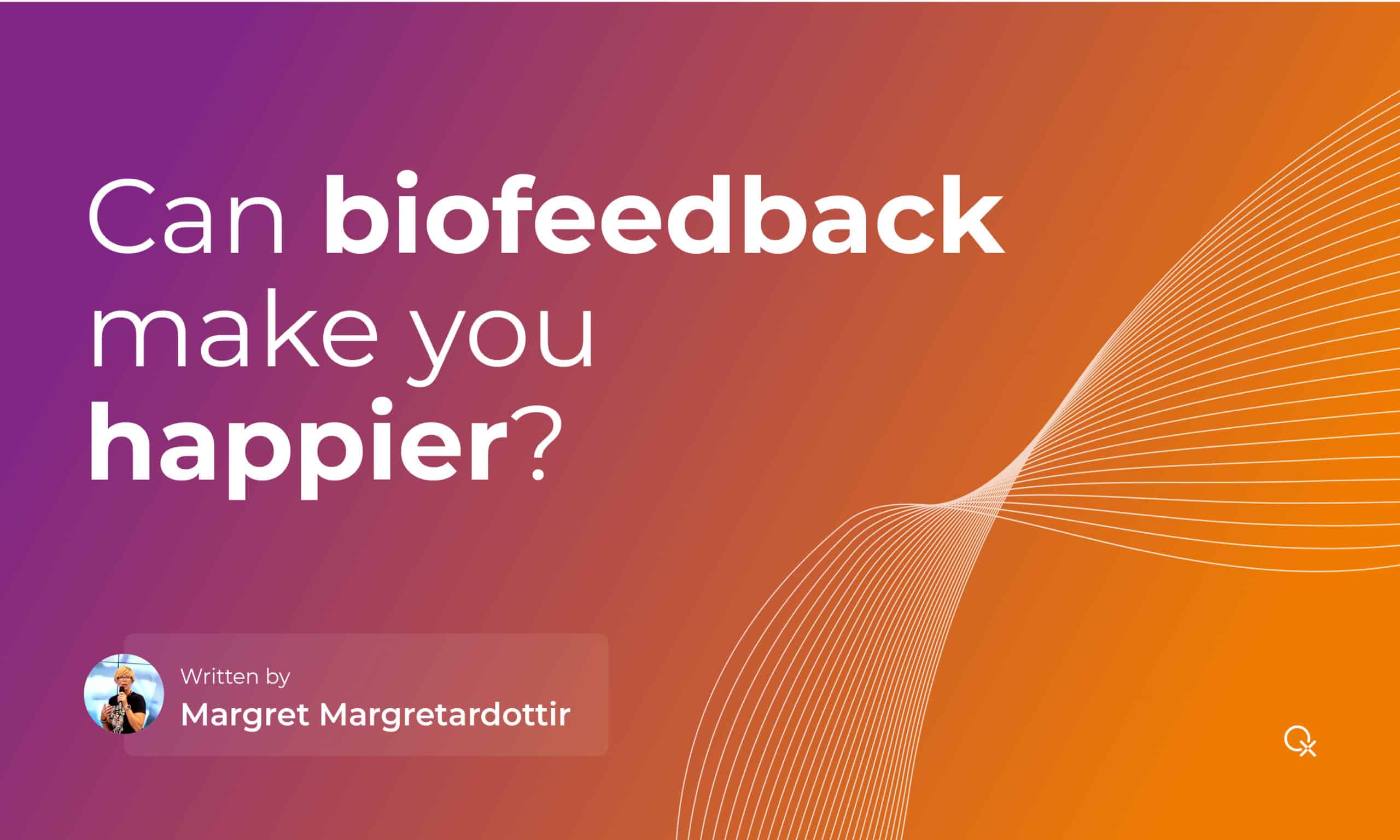
There are so many wonderful stories I could share with you to answer this interesting question about biofeedback. But there is one that truly stands out for me, and that is the story of E. A troubled child at first, she became happier, more confident, and ready to start school thanks to her loving family and their openness to try biofeedback.
My mother, who has been a biofeedback practitioner for many years, at one point was approached by the grandmother of five-year-old E. While wonderfully bright, E. was a very unhappy little girl. She would run around the house all day, jumping on beds and tables, and was unable to calm down. Each time her mother tried to reason with her, E. became hysterical.
Things continued at bedtime. At night, E. tossed and turned, crying, and grabbing her head. In the morning, she would wake up behaving like a frustrated wind- up doll again. In the spring of 2022, E. started having incontinence problems as well. This was, understandably, a big turning point for her family especially since she was supposed to start school in the fall.
When E.’s grandmother first contacted my mother, she had become so tired that she was now dreading having her own granddaughter over. “It makes me so sad,” she said. “My daughter (E.’s mother) has been so patient and loving with her, but the situation is just getting worse. I am so afraid that she has developed ADHD.”
Like myself, my mother is always cautious when clients mention ADHD as ADHD can have many causes, and it’s not always clear where a diagnosis is coming from. The fact remains, however, that many symptoms of ADHD (or similar conditions) can become easier to handle if biofeedback is involved. My mother invited E. and her mother over to her practice for a try-out biofeedback session.
Young children are not always able to express their feelings, because their sense of self-awareness is still developing. Parents do their best to understand what’s going on, but often it’s like they are speaking a completely different language. A biofeedback device can act as an intermediary. By connecting directly with the body, it will tell you more about a child’s body than the child ever could, even giving hints on how to calm a little body that is struggling to exist. .
he first biofeedback session gave my mother a whole series of insights right away. There was so much imbalance in this little girl. There were indications of problems with her elbow, her hip, hydration levels, sugar levels, her bowels, and urinary tract, as well as headaches possibly caused by gastric acidity and cranial misalignment.
E.’s grandmother confirmed that E. had had several bad falling accidents, two of which she was taken to the ER for. She knew that E. had bumped her head on a headboard after which she almost lost consciousness. E. had also been regularly rubbing her elbow and hip, most possibly due to the many falls she had, and often reached for her head while screaming as if in pain.
It appeared E.’s headaches were coming from two different sources. Combined with the lingering pain in her hip and elbow, not to mention the unbalanced bowel and urinary situation, my mother was not surprised that this little girl was so unable to relax.
Additionally, it turned out E. wasn’t drinking enough water and her sugar intake was way too high for her little body to handle. Sweets were being used to try and reason with her, and she was eating a lot of dairy products to boot. My mother recommended drinking more water, cutting down on sugary treats, and replacing them with fruit while boosting E.’s bowel flora with some proper child probiotics.
To help address E.’s anxiety, which was likely caused by her family talking too much about the first day of school and how she had to be aware of the toilet visits, my mother suggested dr. Bach’s flower essence to help make her feel more calm and secure.
E. had one biofeedback session a week, for three weeks. Two weeks after the final session, her grandmother contacted my mother. She was over the moon. E. had spent the whole day and night with her, playing and sleeping like a normal healthy girl. She had stopped soiling herself, too, the headaches had vanished, and she seemed as happy and secure as any five-year-old deserves to be. .
Margrét Margrétardóttir suffered a serious accident in 1995 and was deemed incurable by doctors. In 2005, she discovered biofeedback technology. Her health improved and she bought her own biofeedback device in 2006. Fascinated by the technology, Margrét eventually became a teacher at the QX World Health Academy and has been sharing her knowledge with the world ever since.
+1 (989) 681-1063
+1 (856) 322-8589